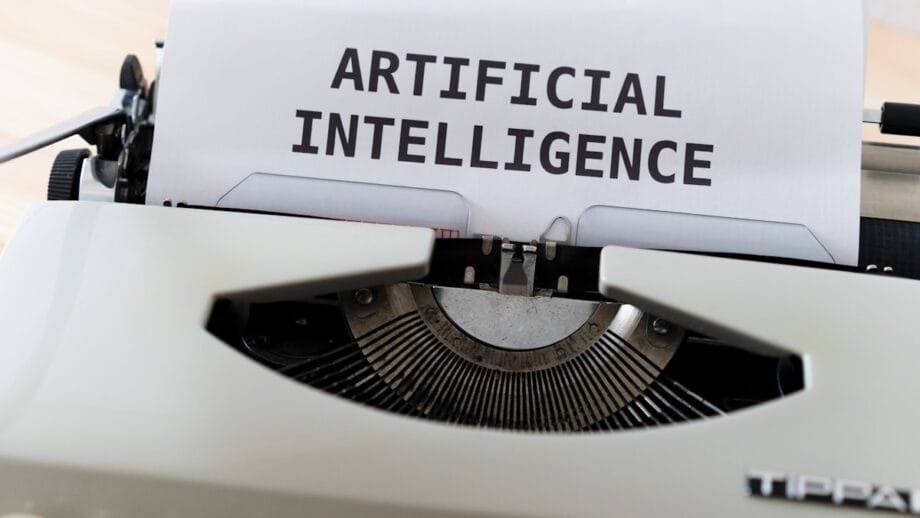The New Frontier: The AI Race and Global Dynamics
Nearly six and a half decades ago, President John F. Kennedy declared, “I believe that this nation should commit itself to achieving the goal, before this decade is out, of landing a man on the moon and returning him safely to the earth.
No single space project…will be more exciting, or more impressive to mankind, or more important…and none will be so difficult or expensive to accomplish.”
What commenced as an arms race between the United States and the Soviet Union has since transformed into one of the most groundbreaking technological evolutions that humanity has ever experienced. Today, a new race emerges—often referred to as the AI race.
This contest is crucial, as it will determine the architects of the global economy and fortify the position of prevailing superpowers.
The implications of achieving supremacy in this technological epoch are significant, yet the repercussions of faltering state strategies could be equally, if not more, formidable.
The ongoing contention for global AI supremacy occupies a prominent space in market dialogues, raising concerns about whether AI development is progressing without an adequate comprehension of systemic hazards.
The manner in which AI is sculpted will ultimately dictate its impact on global industries—sectors that have, until now, relied on human cognition and rationale.
In July 2025, a 23-page report from the Trump administration on AI prioritized domestic innovation over regulation. Soon thereafter, China unveiled its own Global AI Governance Action Plan.
While both nations delineate divergent methodologies aiming at analogous objectives—promoting globalization, accelerating domestic deployment, and addressing risks without stifling advancement—their approaches indicate a stark contrast.
The United States’ plan is currently under scrutiny, leading many to ponder whether its emphasis on research and development, an area where China appears increasingly vigilant, is sufficiently robust to align AI initiatives with U.S. national interests.
Research indicates that the economic ramifications of AI-enhanced R&D could accelerate technological transformation and economic growth, potentially doubling in impact if widely disseminated.
By 2025, China is projected to allocate $55 billion to R&D, with a 10 percent increase in funding for science and technology.
In stark contrast, the Trump administration’s proposed fiscal year 2026 budget suggests reductions in nondiscretionary expenditures, affecting various research agencies.
According to R&D Investment, China not only boasts a larger cohort of researchers than the U.S. but also experiences an annual increase in R&D personnel.
Meanwhile, the focus of the U.S. government on R&D appears either stagnant or diminishing, with its share of total research and development expenditures undergoing a downward trajectory.
Chinese President Xi Jinping has posited that strengthening research is imperative for achieving self-reliance and dominance in science and technology, asserting it as the sole pathway to global leadership in these domains.
R&D World forecasts that China will surpass the United States in purchasing power parity-adjusted R&D expenditure well before 2030.
Conversely, the U.S. is channeling its efforts toward fostering domestic innovation and expanding its energy sector to support the burgeoning data center infrastructure. To this end, President Trump initiated cuts to regulatory safeguards that could impede AI’s proliferation.
The U.S. action plan articulates that “the Federal government should not allow AI-related federal funding to be directed toward states with burdensome AI regulations that waste these funds, but should also not interfere with states’ rights to implement prudent legal frameworks that do not unduly hinder innovation.”
The U.S. AI Action Plan includes a commitment to introduce a national AI R&D strategic framework, incorporating NIST’s Center for AI Standards and Innovation (CAISI).
It also outlines investments in CHIPS-related research and development programs, alongside the transformation of military academies into centers of specialized AI R&D.
Remaining inquiries concern the determinants that will shape the outcome of the AI race, particularly whether R&D is a central focus and if the U.S. has allocated adequate attention to it.
The rapid ramp-up of Chinese R&D investment to promote domestic innovation contrasts sharply with the U.S. strategy, which emphasizes a reduction in regulation and spending on research to expedite production.
In unveiling America’s AI Action Plan, President Trump declared, “We will do whatever it takes to lead the world in artificial intelligence.”

Although markets are wagering on U.S. victory in the AI race, and recent export controls may have hindered Chinese advancement, experts question long-term viability, pondering whether nations like China, with a focus on AI safety, may eventually outpace the United States.
With significant investments directed toward alignment to mitigate the risks of misaligned AI, it may be prudent for the U.S. to heed these developments. While some contend that investing in AI alignment could hinder American capabilities, a more discerning outlook may suggest otherwise.
Source link: Ien.com.






